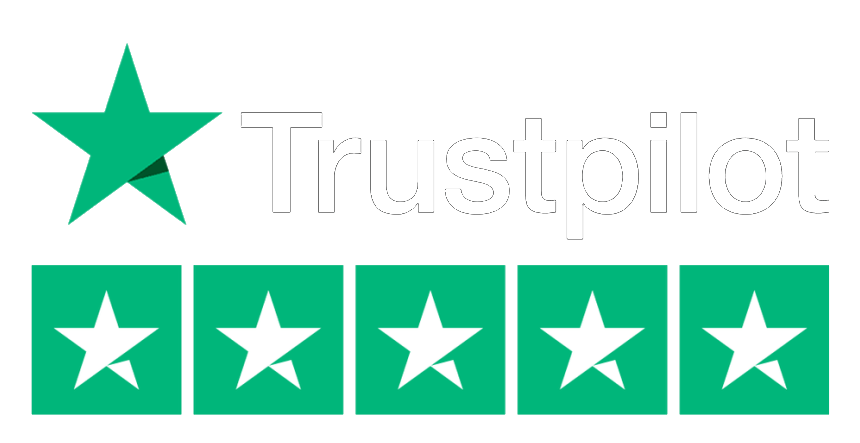Hey there, store owners! Did you know that impulse purchases account for a significant portion of convenience store sales? In fact, studies show that up to 80% of all purchases in convenience stores are driven by impulse buying. That’s right, the layout of your store and the strategic placement of products can significantly impact your sales. So, how can you harness this power to maximize your revenue? Let’s dive into the psychology of impulse buying and uncover some proven techniques to help you succeed.

Understanding Impulse Buying

Impulse buying is driven by immediate, often emotional, reactions. Customers see something they like, and without much deliberation, they decide to buy it. Convenience stores, with their fast-paced environment, are prime spots for impulse purchases. Here are some factors that trigger impulse buys:
- Visibility: Items that are easy to see and reach are more likely to be purchased impulsively.
- Appeal: Attractive packaging and displays catch the eye and draw in customers.
- Accessibility: Products that are conveniently placed are more likely to be grabbed on a whim.
Strategic Product Placement Techniques
Why it Works: Placing high-margin items like candy, snacks, and small beverages near the checkout capitalizes on customers’ idle time while they wait in line.
Example: Many major convenience store chains place popular snacks and drinks right by the register, ensuring they’re the last thing customers see before paying.

Why it Works: Bright, colorful displays attract attention and make products more appealing.
Example: Use end caps, which are the displays at the end of aisles, to showcase seasonal items or new products.
Why it Works: Placing items that go well together encourages customers to buy more than they initially planned.
Example: Pair chips with dips, or place batteries next to tech gadgets.
Effective Product Placement Examples from Leading Convenience Stores
- 7-Eleven: Known for its effective use of product placement, 7-Eleven places fresh food items and coffee near the entrance to entice customers as soon as they walk in.

2. Wawa: This convenience store chain uses well-organized, visually appealing displays to showcase their ready-to-eat meals and snacks, making them easy choices for customers on the go.
1. Practical Steps for Optimizing Store Layout

Understanding customer flow helps in placing products in high-traffic areas. According to a report by Retail Dive, 62% of retailers who analyze customer traffic patterns see a sales increase.
How to Implement: Use tools like heat maps or customer tracking software to identify the busiest areas of your store. Place high-margin and impulse items along these paths to increase visibility and sales.
2. Use Data to Inform Placement
Data-driven decisions can significantly improve product placement strategies. According to Nielsen, 58% of customers who encounter a well-placed promotion will purchase on impulse.
How to Implement: Utilize sales data to identify top-selling items and ensure they are prominently displayed. Consider seasonal trends and previous sales history to predict which items are likely to be popular.
3. Regularly Update Displays
Keeping displays fresh and seasonal can maintain customer interest and encourage repeat visits. A study by the Point of Purchase Advertising International (POPAI) found that 82% of purchase decisions are made in-store.
How to Implement: Rotate products and displays frequently to keep the store looking new and exciting. Use themed displays for holidays or events like sports tournaments to draw in customers.
4. Leverage Technology

Advanced technology like Mobile Point of Sale (MPOS) systems can streamline operations and provide valuable insights. Retailers who adopt MPOS systems see an average 20% increase in efficiency.
How to Implement: Implement MPOS systems to reduce wait times and gather data on purchasing behaviors. This technology can help you understand which items are frequently bought on impulse and adjust your product placement accordingly.
The Way Forward
By understanding the psychology of impulse buying and strategically placing products, convenience store owners can significantly boost their sales. From positioning high-margin items near the checkout to creating eye-catching displays and grouping complementary products, there are numerous ways to encourage impulse purchases. Real-world examples from successful convenience store chains highlight the effectiveness of these tactics. By analyzing traffic patterns, using sales data, updating displays regularly, and leveraging technology like MPOS systems, you can create an environment that maximizes impulse buys and enhances the shopping experience.



